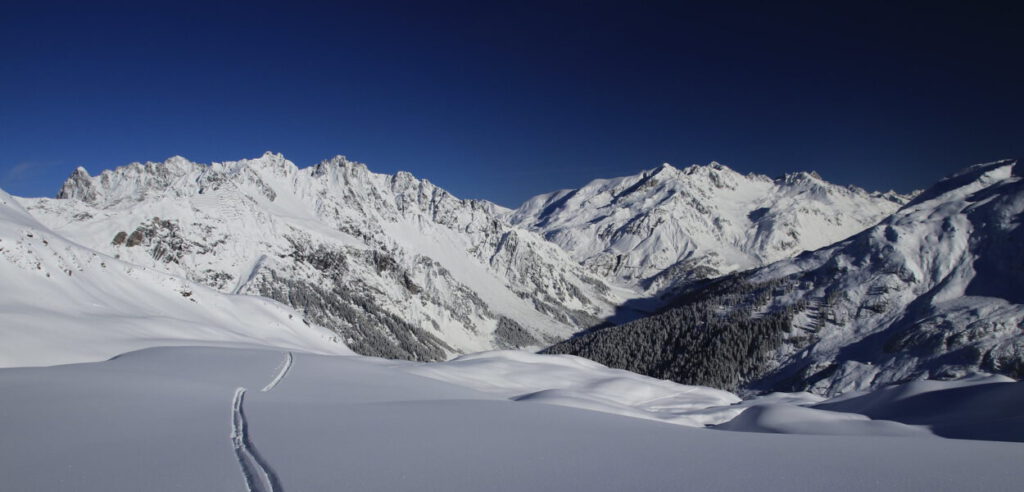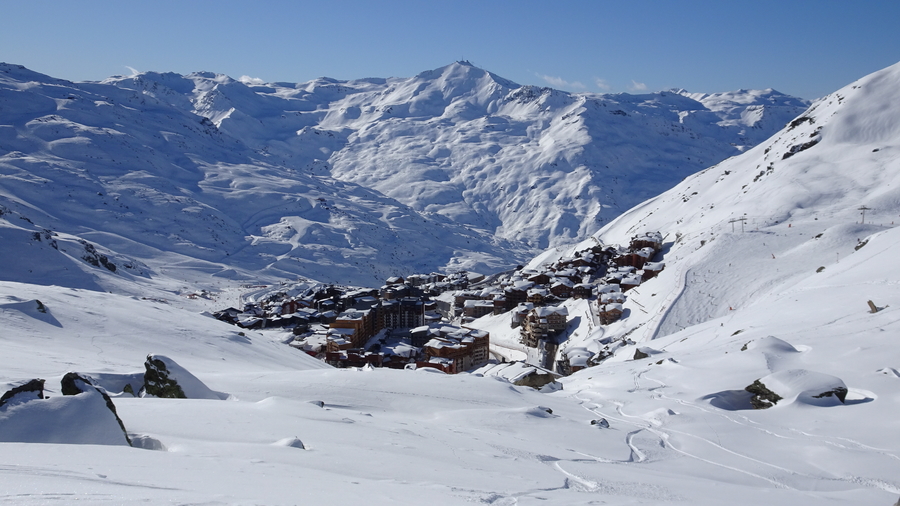Ski resorts around the world are feeling the impact of climate change as temperatures continue to rise and weather patterns become more erratic. The effects of climate change on ski resorts are far-reaching, impacting everything from snowfall levels to the economic viability of these resorts. In this article, we will explore the potential consequences of climate change on ski resorts, the underlying causes, and some examples of how resorts are coping with the situation.
One of the most immediate impacts of climate change on ski resorts is the reduction in snowfall levels. As temperatures rise, the amount of snow that falls on ski resorts is decreasing, leading to shorter ski seasons and less consistent snow conditions. This can have a significant impact on the revenue of ski resorts, as skiers and snowboarders may be less likely to visit if there is not enough snow.
In addition to reduced snowfall, climate change is also causing more extreme weather patterns, such as heavy rainfall and storms. These weather events can cause significant damage to ski resort infrastructure, such as ski lifts and buildings, leading to expensive repairs and downtime.
Snow scarcity is becoming an increasingly pressing issue for ski resorts in the Alps due to climate change. The region’s winter tourism industry is a significant contributor to the local economy, but the economic consequences of reduced snowfall and snow reliability are significant.
The causes of snow scarcity and snow reliability
Snow scarcity and snow reliability are the result of climate change, which is caused by human activities that generate greenhouse gas emissions. The Alps are experiencing warmer temperatures and more erratic weather patterns, which are leading to less snowfall, shorter ski seasons, and increased reliance on artificial snowmaking. Additionally, the melting of glaciers is causing a decrease in water resources that are necessary for snowmaking.
Economic consequences for ski resorts
The economic consequences of snow scarcity and snow reliability are significant for ski resorts in the Alps. The ski season has been getting shorter, and resorts have had to invest in expensive snowmaking equipment to ensure sufficient snow coverage. Additionally, when resorts are forced to close earlier than expected due to lack of snow, it can lead to lost revenue and job losses. A shortened ski season also means that ski resorts have fewer opportunities to generate income from non-ski activities, such as tourism and real estate.
Coping with snow scarcity
Ski resorts in the Alps are already taking steps to address the issue of snow scarcity. For example, some resorts are investing in new snowmaking equipment that is more energy-efficient and uses less water. Resorts are also expanding their activities beyond skiing, such as creating summer activities to generate income during the off-season. In some cases, resorts are even closing completely during the winter season and focusing on summer activities, such as hiking and biking.
Some ski resorts are also taking a more sustainable approach to their operations. They are investing in renewable energy sources, such as wind and solar power, to reduce their reliance on fossil fuels. Some ski resorts are even implementing green initiatives, such as reducing waste and promoting sustainable transport options.
One notable example is the Les 2 Alpes ski resort in France, which has implemented a comprehensive sustainable development plan. The resort has reduced its energy consumption, increased its use of renewable energy, and implemented an innovative snowmaking system that uses reclaimed water. The resort also promotes sustainable tourism and operates a free shuttle bus service to reduce the number of cars on the road.
Snow farming
One example of a ski resort using snow farming is the Kitzbühel ski resort in Austria. In 2015, the resort started a project called “Schneezentrum” (Snow Center), which involves collecting and storing snow from the previous winter and then redistributing it on the slopes in the following season.
The resort uses specially designed tarps to cover the snow and protect it from melting during the summer months. The collected snow is then stored in a specially designed underground depot, which can hold up to 160,000 cubic meters of snow.
The stored snow is then distributed on the slopes in the following winter, extending the ski season and reducing the need for artificial snowmaking. The snow farming approach has helped the Kitzbühel resort to extend its ski season by up to four weeks and has reduced its reliance on energy-intensive snowmaking.
Other ski resorts in the Alps, such as the Saas-Fee ski resort in Switzerland, have also implemented snow farming techniques to improve their snow reliability and reduce their environmental impact.
Cover-up practice
Glaciers in the Alps are rapidly retreating due to climate change. As temperatures rise and weather patterns become more erratic, glaciers are melting at an unprecedented rate. This is a major concern for the region, as many communities rely on glaciers for water resources and winter tourism.
To combat the effects of climate change on glaciers, some communities and ski resorts in the Alps have resorted to covering the glaciers with protective sheets. These sheets are designed to reflect sunlight and reduce the amount of heat absorbed by the glacier, which helps to slow down the melting process.
One example of this technique is the use of special fleece blankets on the Pitztal Glacier in Austria. These blankets are made of a material that is designed to reflect sunlight and reduce the amount of heat absorbed by the glacier. The blankets are laid out on the glacier during the summer months, when temperatures are at their highest and the risk of melting is the greatest.
The fleece blankets are designed to be removed in the winter months when the temperatures are lower, and the glacier is less likely to melt. This approach has been successful in protecting the Pitztal Glacier, which has seen a reduction in melting over the past few years.
Other ski resorts and communities in the Alps have also adopted similar measures to protect their glaciers. For example, the Stelvio Pass ski resort in Italy has installed a system of protective nets that are placed over the glacier during the summer months. These nets reflect sunlight and reduce the amount of heat absorbed by the glacier, which helps to slow down the melting process.
While covering glaciers with protective sheets may help to slow down the melting process, it is not a long-term solution to the problem of climate change. It is important for communities and ski resorts in the Alps to continue to take steps to reduce their greenhouse gas emissions and promote sustainable development practices. By doing so, they can help to mitigate the impacts of climate change and protect the region’s glaciers for future generations.
In conclusion
In conclusion, snow scarcity and snow reliability are significant challenges for ski resorts in the Alps, and they have significant economic consequences. However, ski resorts are taking steps to adapt to the changing climate, and many are embracing sustainable development practices. By investing in renewable energy, snow farming, and promoting sustainable tourism, ski resorts can help to mitigate the impacts of climate change and ensure the long-term sustainability of the winter tourism industry in the Alps.


